WONDERFUL NICARAGUA

https://www.nationsonline.org/oneworld/map/nicaragua-political-map.htm
Official Name: Republica de Nicaragua
“NICA” as they call NICARAGUA
Nicaragua is a true travel gem! It is, by far, a favorite destination of mine in Central America, full of untouched incredible places full of wonder and mystique. Not only is it the largest country in Central America, blessed with the Pacific Ocean and the Caribbean Sea, but the people and biodiversity are incredible! Pretty much untouched in some areas.
During my visit to “Nica” in the last few months of 2018, I was aware of the challenging situation the country was going through. The protests, which began in April of that year due to President Daniel Ortega’s social security reform, had a significant impact on the economy and caused political unrest. It was disheartening to witness the effects on the beautiful country and its people, who heavily rely on tourism. Despite the lack of tourists and the emptiness of certain places, I never felt unsafe. It was saddening to see the struggle faced by hotels, restaurants, and street vendors who were unable to sell their goods due to the political situation.

Here I met the nicest folks on earth. As a Solo Female over 50, l felt like a diamond!
Gracias to my amazing amigos in “Nica,” as they call Nicaragua.
HOW TO GET THERE
International flights to Managua Airport are the best way to connect to the country. There are plenty of bus options from Managua to other locations. There are “chicken buses,” minivans, and regular taxis which means that most types of transportation are available!!
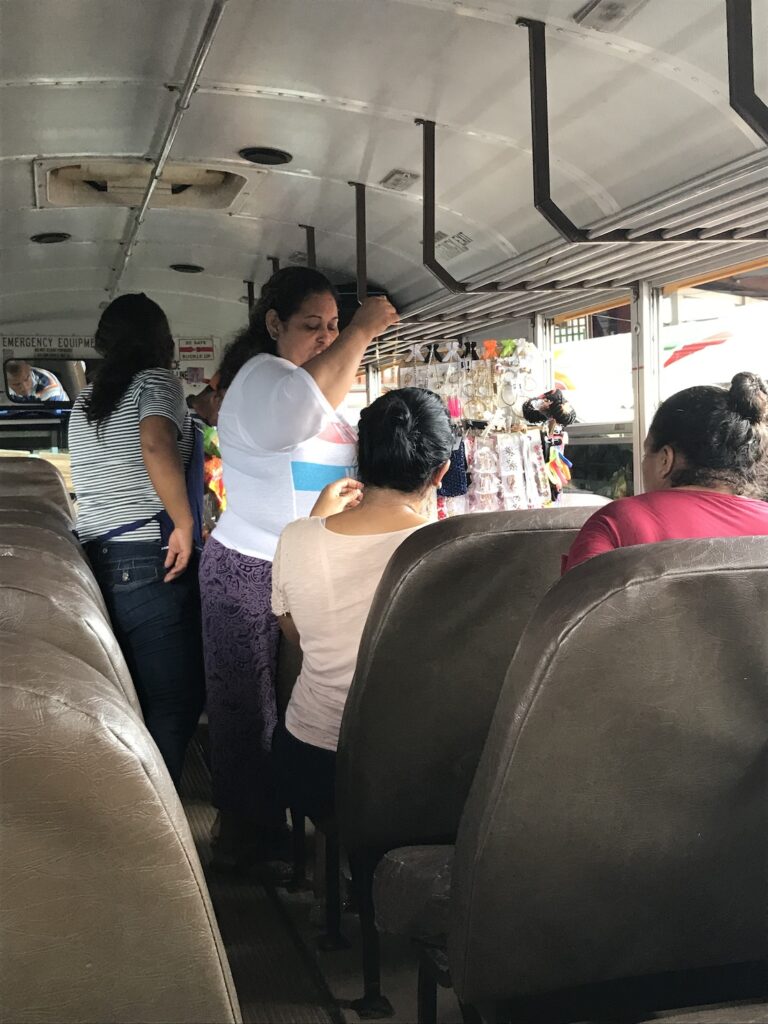


During my trip to Nicaragua, I relied on buses for 95% of my travel. It’s convenient to determine the bus routes as the destinations are usually displayed on a sign placed on the windshield. However, it’s always important to double-check since sometimes they forget to change the sign or the previous destination remains until the driver updates it.
Traveling by bus in Nica is fantastic if you don’t require a lot of comforts like air conditioning, cushioned seats, or attendants. Fortunately, I’m content with the simplicity of bus travel even in my late 50s. Being on a bus allows me to marvel at the way people live across the country, just like when I was a little girl, gazing out the window in awe.
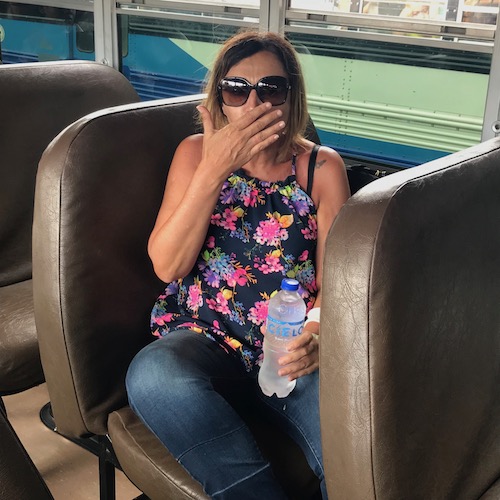
Busted!! all of those goodies are slowly finding room in my stomach
It is important to be aware that travel to the eastern part of Nicaragua is not as travel-friendly as the western part of the country. There is more transportation available as the population is larger.


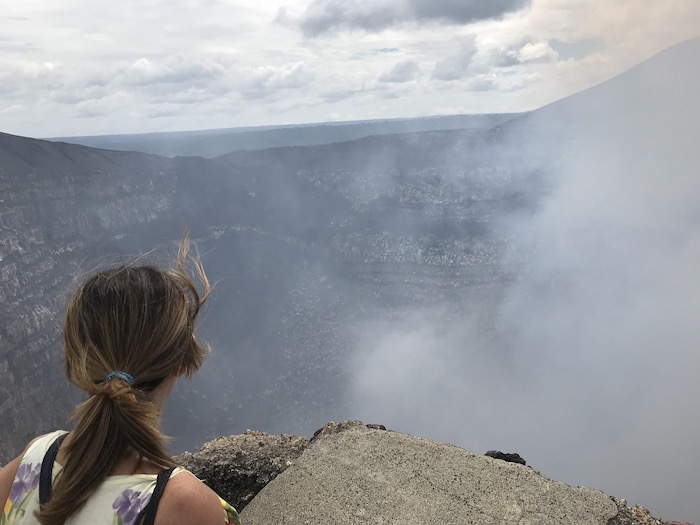
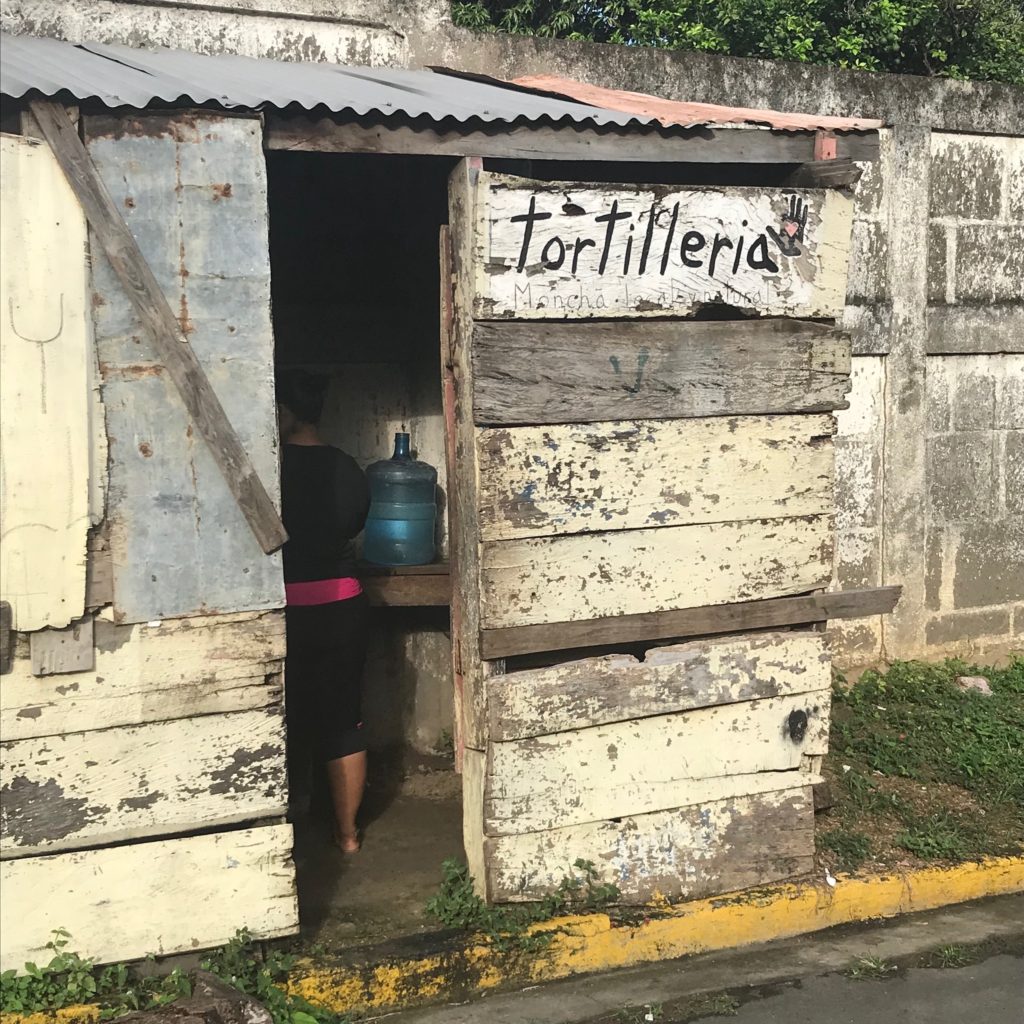

Some sites to visit

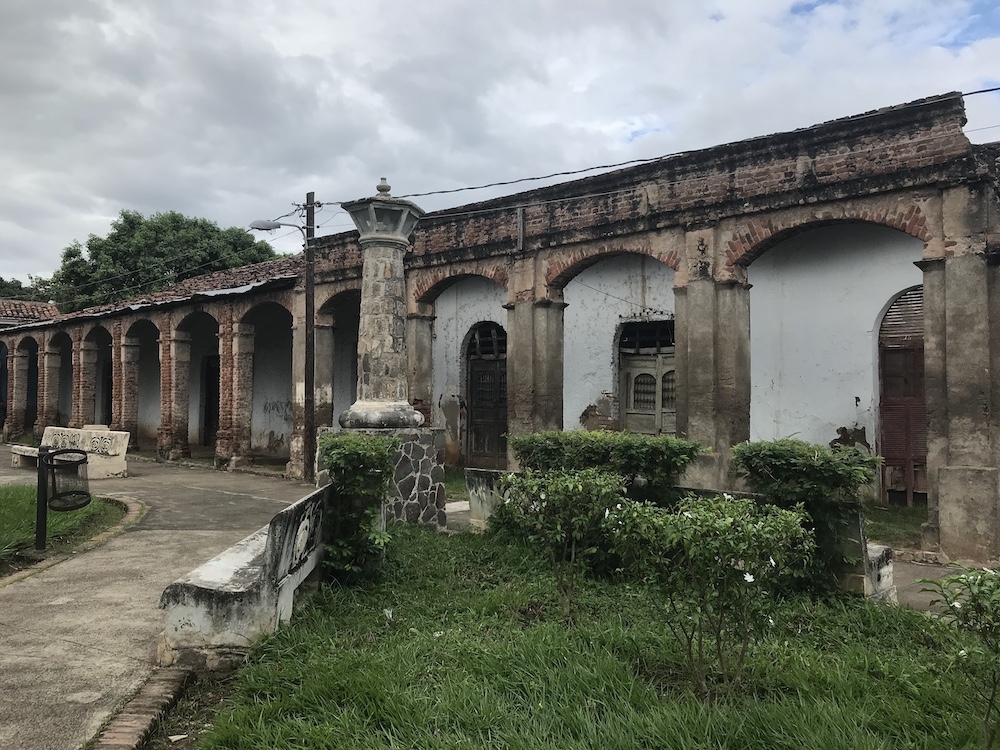
Granada A beautiful colonial city, full of historical sites and amazing buildings that share a history of pirates and conquistadores. The city is located on the shores of Lake Nicaragua and it is a strategic location to explore the lake or visit the historic Cathedral and museums.
Granada is located in the western part of Nicaragua, and it is the second oldest European city in Central America. Granada is situated by Lake Nicaragua, which is one of the most scenic lakes in the entire world.

Granada on the shores of Lake Nicaragua

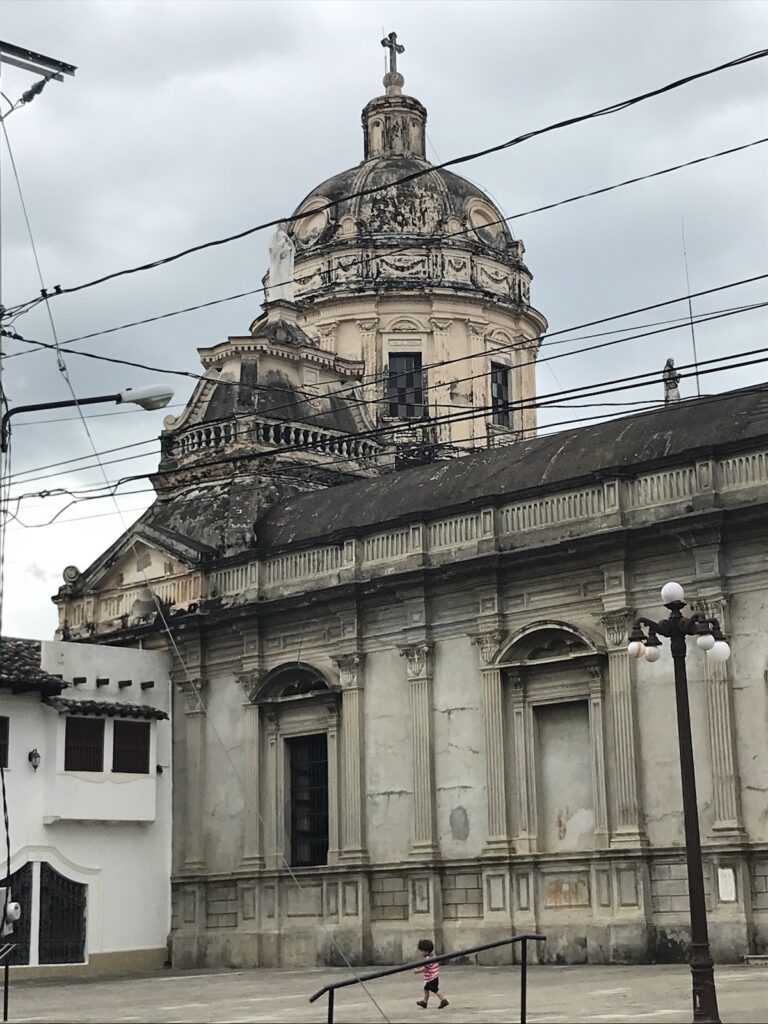

The city was very important during colonial times because it had access to the Atlantic via the San Juan River and access to the Pacific via Lake Nicaragua
Lodging: I stayed at the wonderful Casa Lucia Hotel, where Lidilia treated me like a gem. While I decided to splurge after days of bus travel, there are plenty of nice accommodations that match any budget. It is NOT sponsored

Lidilia, this wonderful lady’s name, made my stay as a “solo” so much fun! She took care of me, and my breakfast was delicious, getting extra café! Lidilia was the help in the hotel while I was there. ¡Gracias Lidilia! Still in touch, and we will always be!
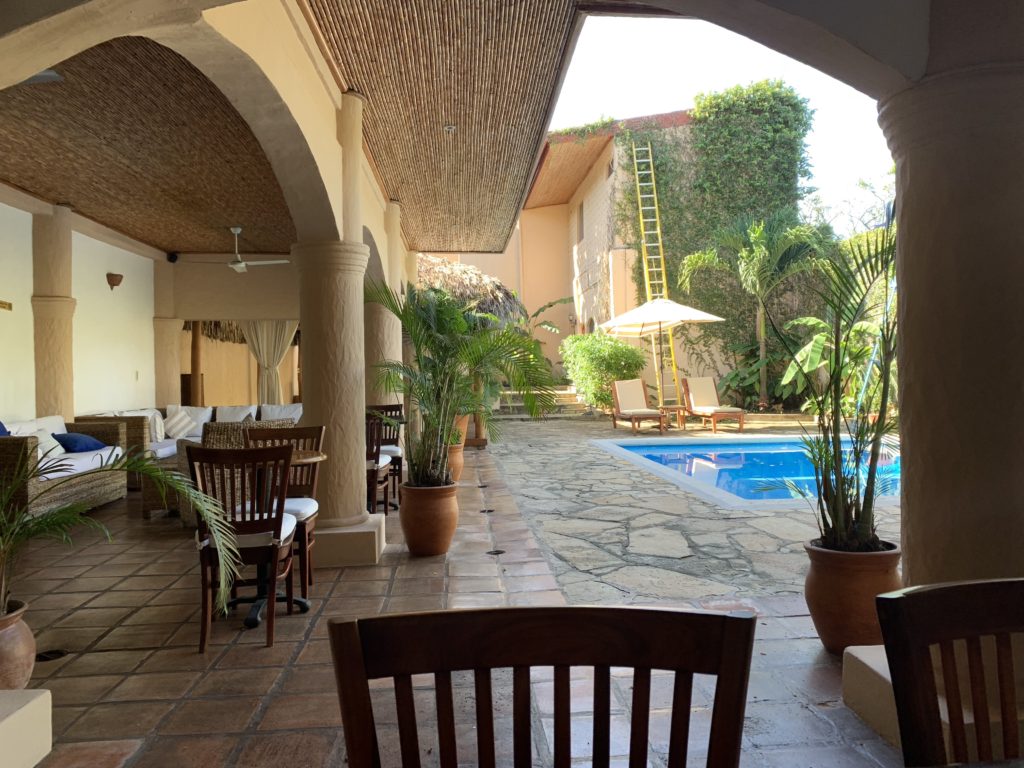
Accidents DO happen, be prepared!! LAKE NICARAGUA
On my visit to Lake Nicaragua, I was the only tourist on the boat, together with my guide and a local from one of the 200 islets. The view was absolutely gorgeous, full of vegetation, trees, flowers, birds and SPIDER MONKEYS!
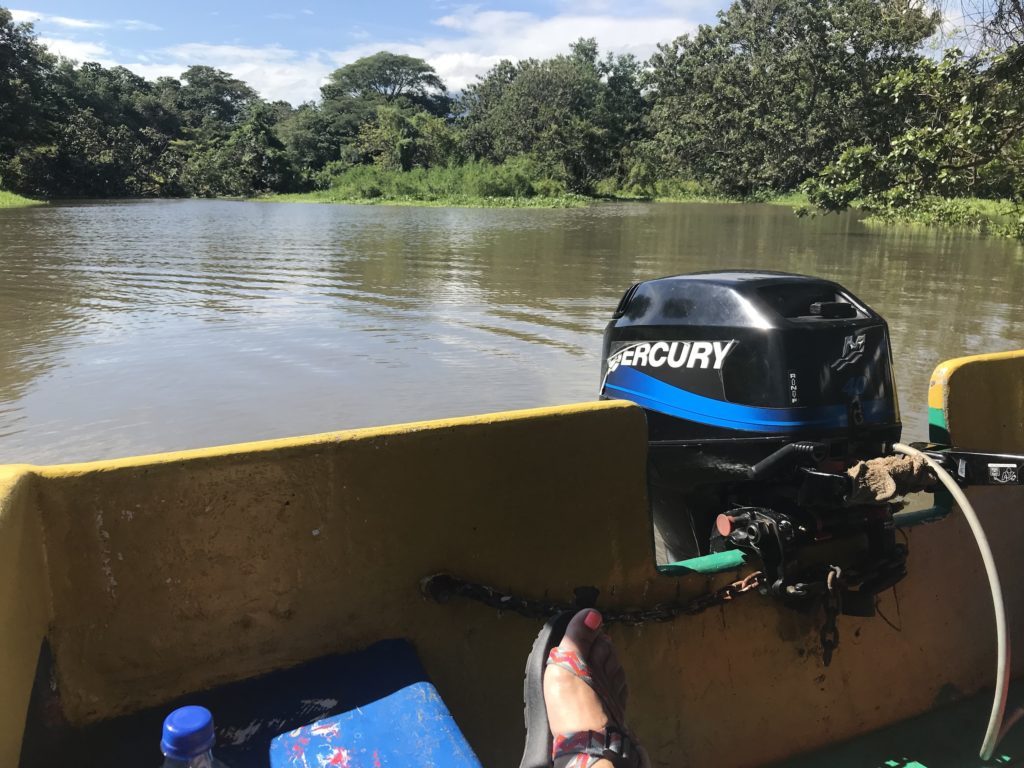

Some amazing homes on Lake Nicaragua
Eager to explore the hidden gems, I made up my mind to hire a local guide and embark on an adventure through the enchanting islets. Being someone who prefers unique experiences over typical tours, I had my own motivations to discover the islets, without wanting to dampen the excitement of fellow tourists.


My guide handed me a flower to give to a monkey that jumped on the boat. Little did I know, these monkeys had been introduced to the island by men and were not native to the area. These spider monkeys were “placed” on the island, completely dependent on tourists and their handouts for food!! NEVER EVER MISPLACE ANY ANIMAL FROM THEIR NATURAL HABITAT!! THESE POOR MONKEYS COULD NOT FIND A STEADY FOOD SUPPLY. The major source of food was handed out by tourists.
Well, there were no tourists in sight due to the political unrest and I guess Mr. Spider Monkey got excited with the flower I had on my hand which is food for a spider monkey (or maybe he thought I was his food source!). This monkey (my “attacker”) and about six other excited monkeys jumped on the boat and one attacked me, most probably because the monkey thought there was more food (or maybe I was his meal!) available around the boat. I received some pretty bad injuries, very deep wounds that almost reached the bone, but as any seasoned traveler knows, you handle things the best way possible, and, yes, I am alive!
for more accidents while traveling see here! I am still alive:-)
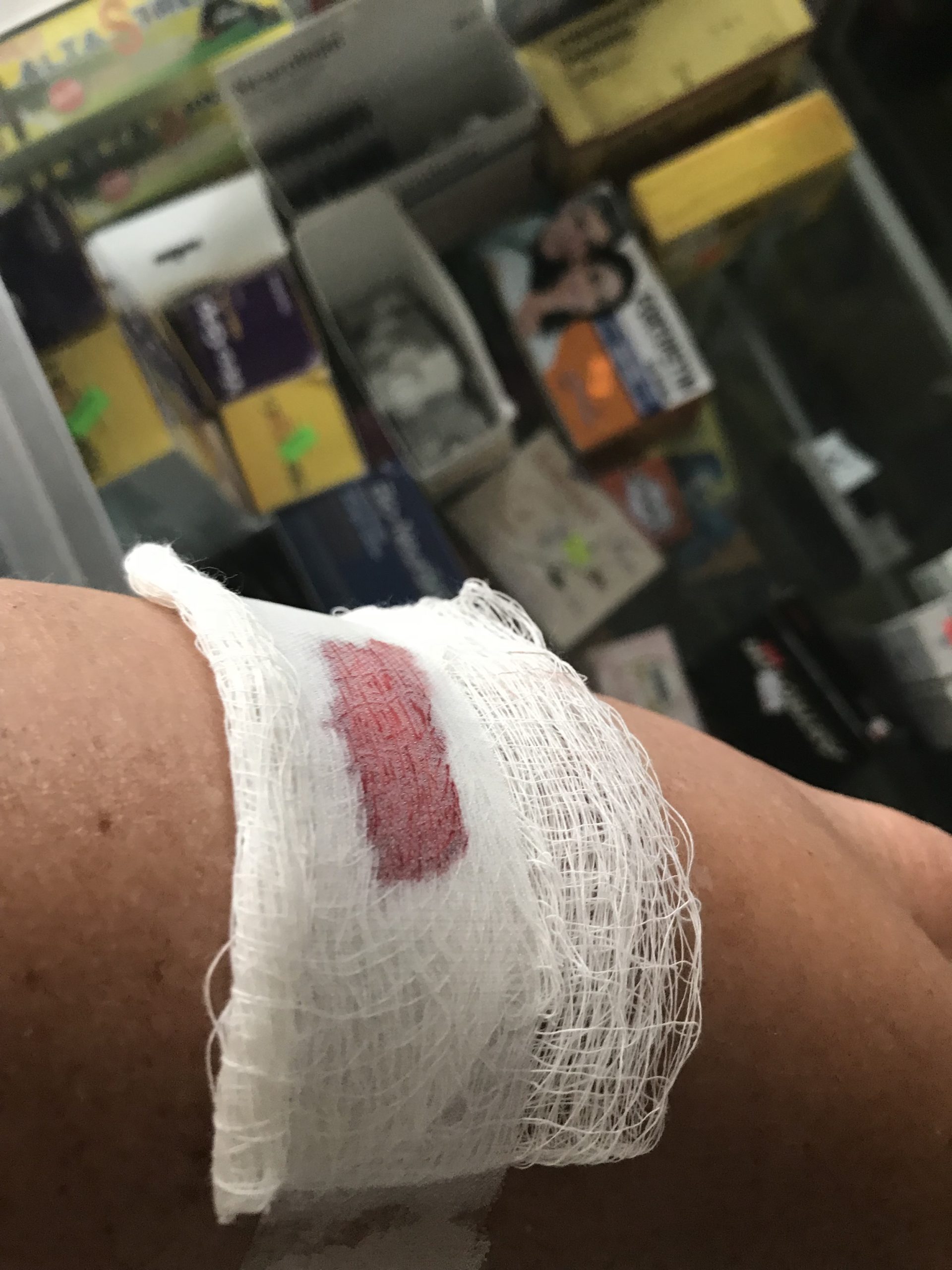
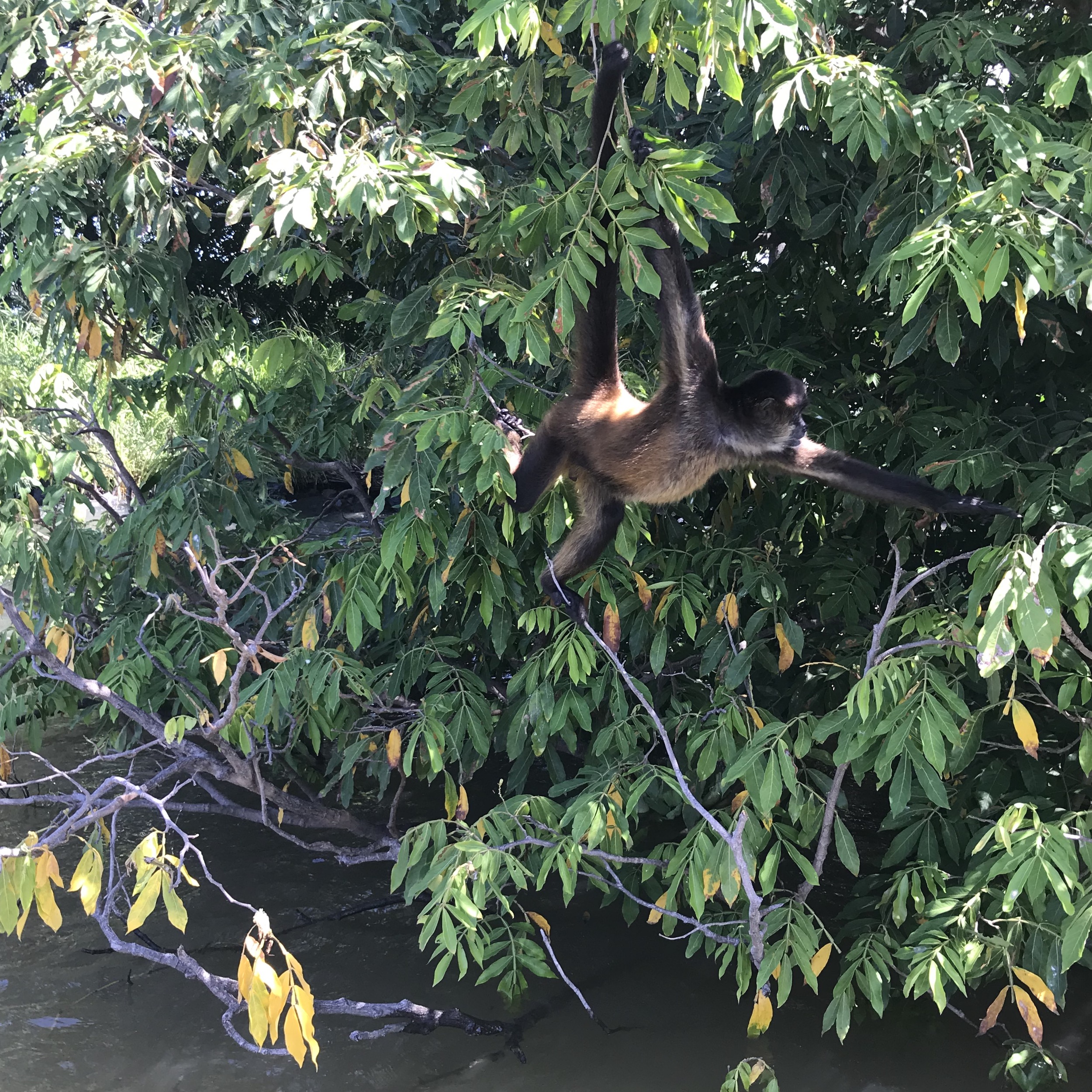
It’s worth mentioning that the insurance I had didn’t fully cover all the expenses incurred, including the loss of my insured mobile. Interestingly, if you come across any insurance company with the word ‘travel’ specifically targeting energetic young individuals, I strongly advise against purchasing from them. It seems they overlooked the fact that I am an extremely active traveler.
OMETEPE
The island of Ometepe is the largest island located in the Southwest part of Lake Nicaragua. It is truly magical and it seems out of this world with two volcanoes rising out of the middle of its largest island, one active and the other dormant. It is very famous because it is the largest island in the world located inside a lake. The place has an amazing biosphere to the point that UNESCO declared it a biosphere reserve in the year 2010.
There is plenty of information out there for visiting this island, but it is a definite must-see.

MANAGUA
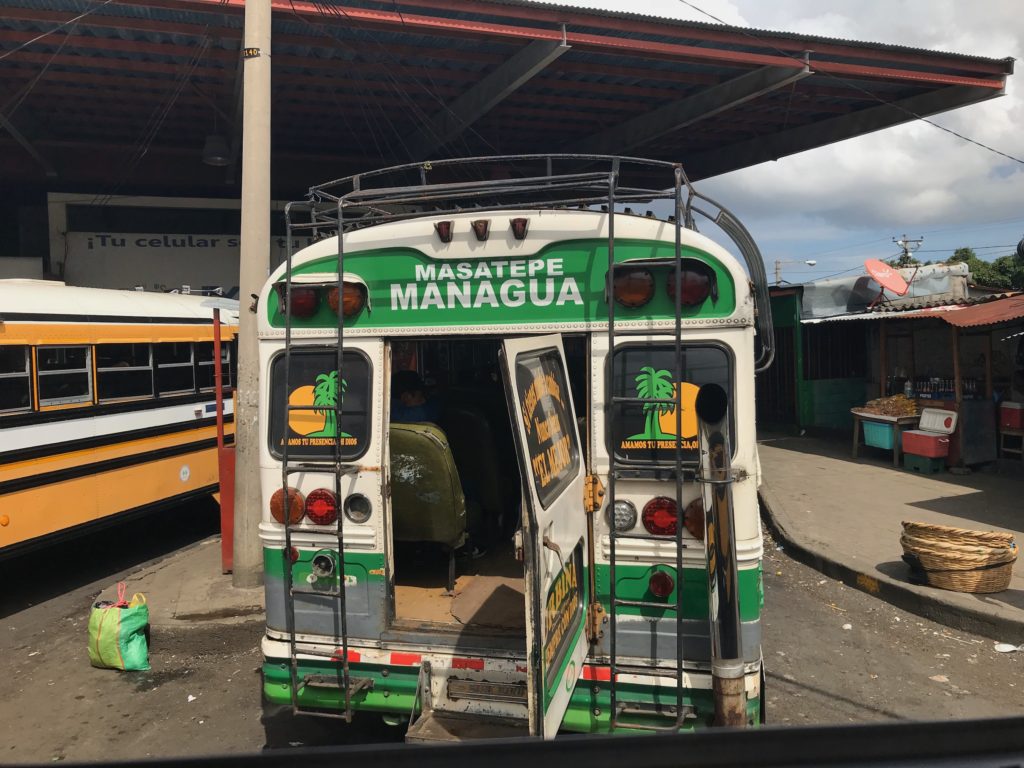
Managua, the largest city in the country, also serves as the capital. Navigating through the city can be challenging due to the absence of names and numbers to guide you to specific locations. Therefore, it is essential to provide taxi drivers with a landmark or a well-known restaurant as a reference point. This vibrant city boasts an abundance of trees and parks, creating a refreshing green atmosphere. One of the must-visit attractions is the Roberto Huembes market, renowned for its diverse range of products, including food and clothing. However, it is important to remain cautious of petty theft, as is the case in any other Latin American city.
SAN JUAN DEL SUR

San Juan, situated in the southwest of the Pacific Ocean, is just 140 kilometers away from Managua. This vibrant city is a haven for surfers and attracts expatriates from all corners of the globe.
The beauty of this area is that it is sunny and dry, and the sunsets are truly stunning! The spots to visit are the Cathedral by the main Plaza, the statue of Cristo de la Misericordia (Christ of Mercy), and even a fun hike up (warning along a very steep hill) and stay for the amazing sunset.
Just giving my personal opinion here, but the nearby beaches are the real gems, surpassing the beauty of San Juan itself. While there is an abundance of information available about San Juan, I highly suggest dedicating some time to discovering the awe-inspiring beaches in the vicinity.


I never had a problem, but I was warned of the petty theft and how dangerous it was for a solo woman at night. I have had an issue and I went out at night, but I will say that it is too much of a party town for my taste.
EL REMANSO BEACH
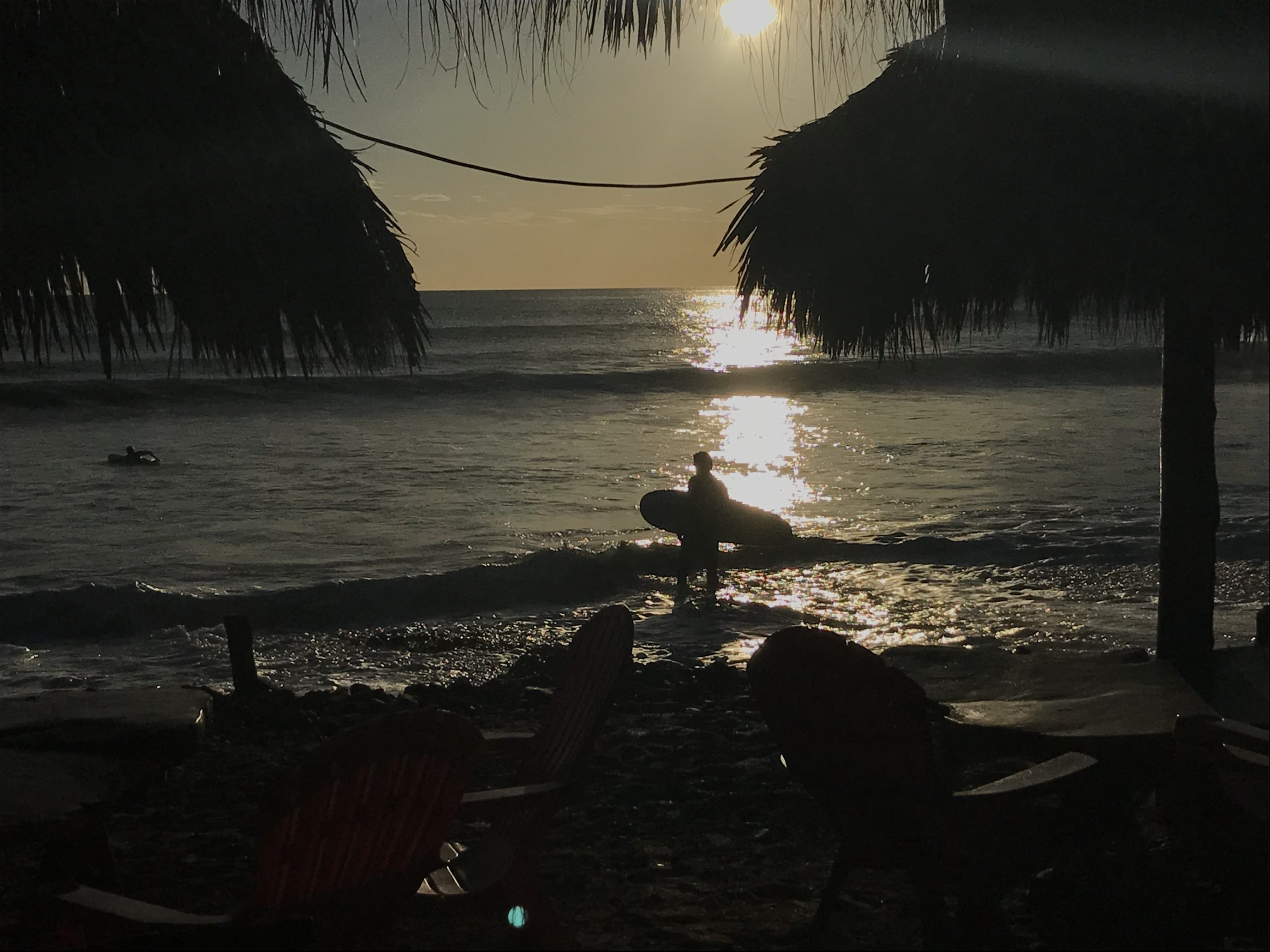
This spot is a gorgeous small white sand beach town less than 10 kilometers from San Juan del Sur. It is a prime spot for surfers, and there are schools if you want to learn surfing. Snorkelers and divers, be aware that the waves can be quite rough. I am not a surfer, but I greatly enjoyed the beautiful sunset, having a great meal, and a drink🍸. It was a great way to meet folks and chat a bit.

Eastern Nicaragua, Caribbean
The eastern side of Nicaragua is surely worth exploring. Along the coast, you have the Caribbean! Nicaragua has some of the most “untouched” rainforests in the world and large natural biological reserves. Creole English and English are spoken in the East because of their African and English heritage.
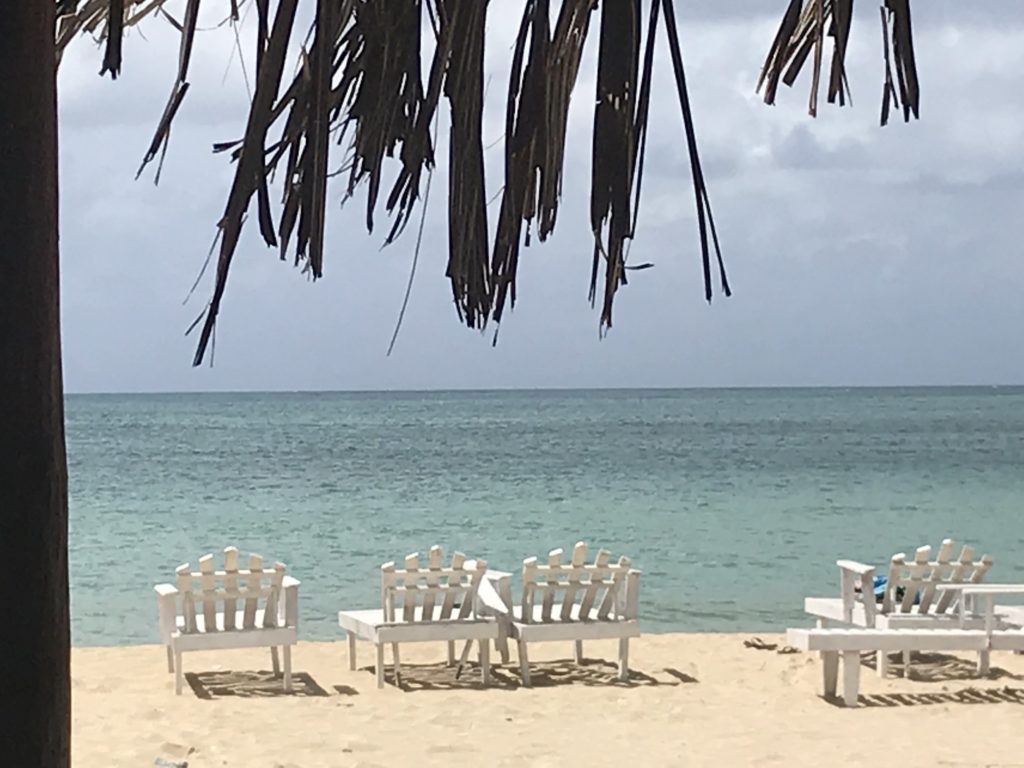
Bluefields is the capital of the South Caribbean region and an important port. It is a very interesting place to venture out from, as there is a different mix and vibe from the West Coast with a very distinct culture. The Creole culture, with its colorful ambiance, lively music, typical foods such as pan de coco (coconut bread), and rondón (a stew with coconut milk and fish to die for), adds to the feeling.

Visit Bluefields Beach, a calm, clean, almost untouched beach. From Bluefields, you can take a few side trips, but the area is not as travel-friendly and easy to navigate as other parts of the country. Street crime is a true issue in Bluefields, so I would recommend limiting travel around touristy areas. I highly recommend finding a local guide who can help with the planning.
Remember, Dr. P’s travel tips are here just to give you a taste of a place and its culture according to her likes. There are lots of other sites out there to get more detailed tips.
Corn Islands
Getting to the Islands

Corn Islands are some of the most remote and untouched islands in the Caribbean. I have visited the Caribbean many times throughout my life, and I find remote and rugged places like the Corn Islands completely alluring.
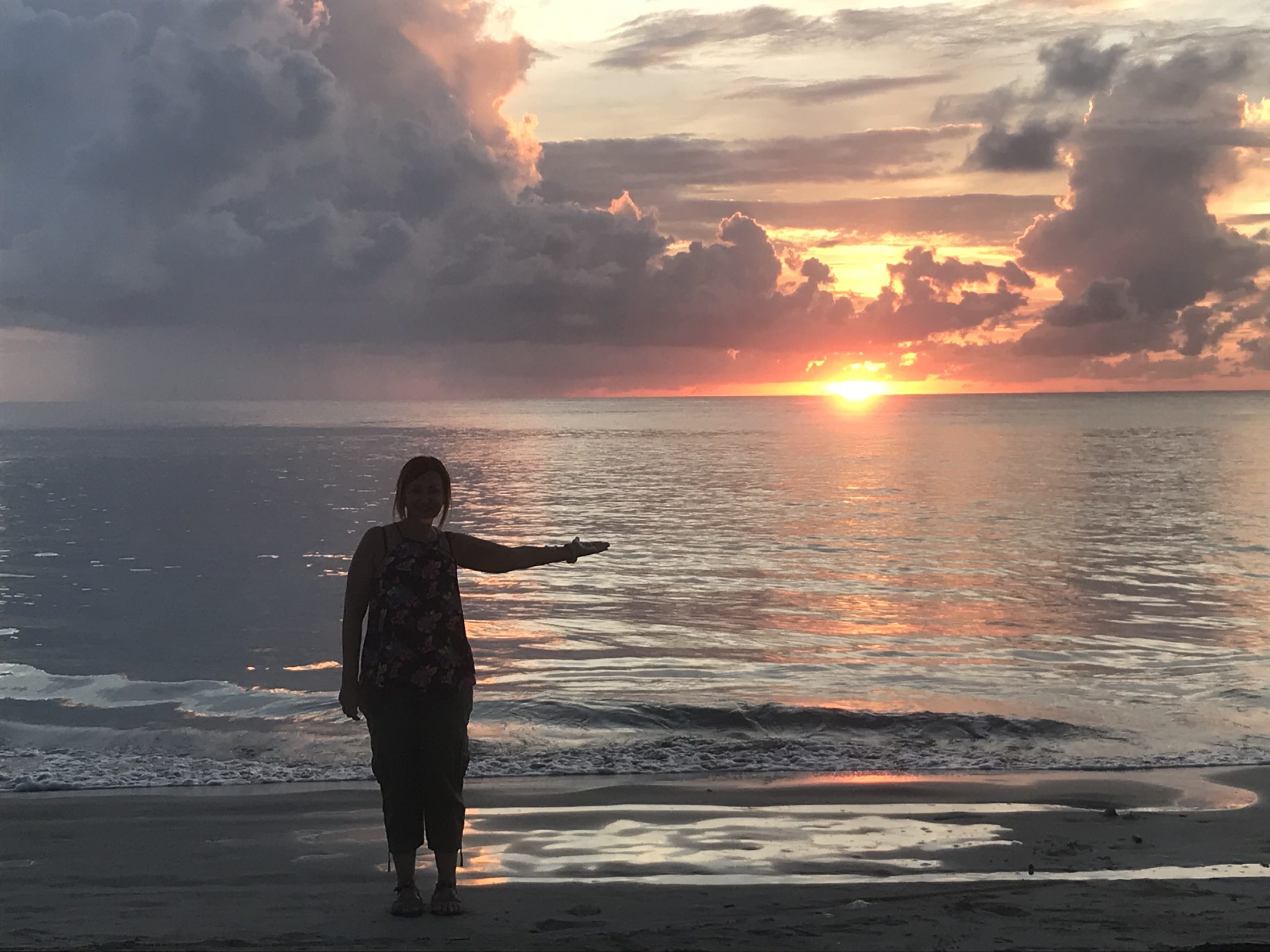
too beautiful of a place to size down ….
The best way to get to the Corn Islands is by the regional airline La Costeña. It is a bit expensive and important to secure a seat before traveling. At all costs, avoid last-minute travel. The regional airline has quite a monopoly and prices go incredibly up or down in a blink! I decided to buy a one-way ticket because I did not know how long I was going to stay, and ended up paying a ridiculous price. But It was worth every penny to stay much longer!!


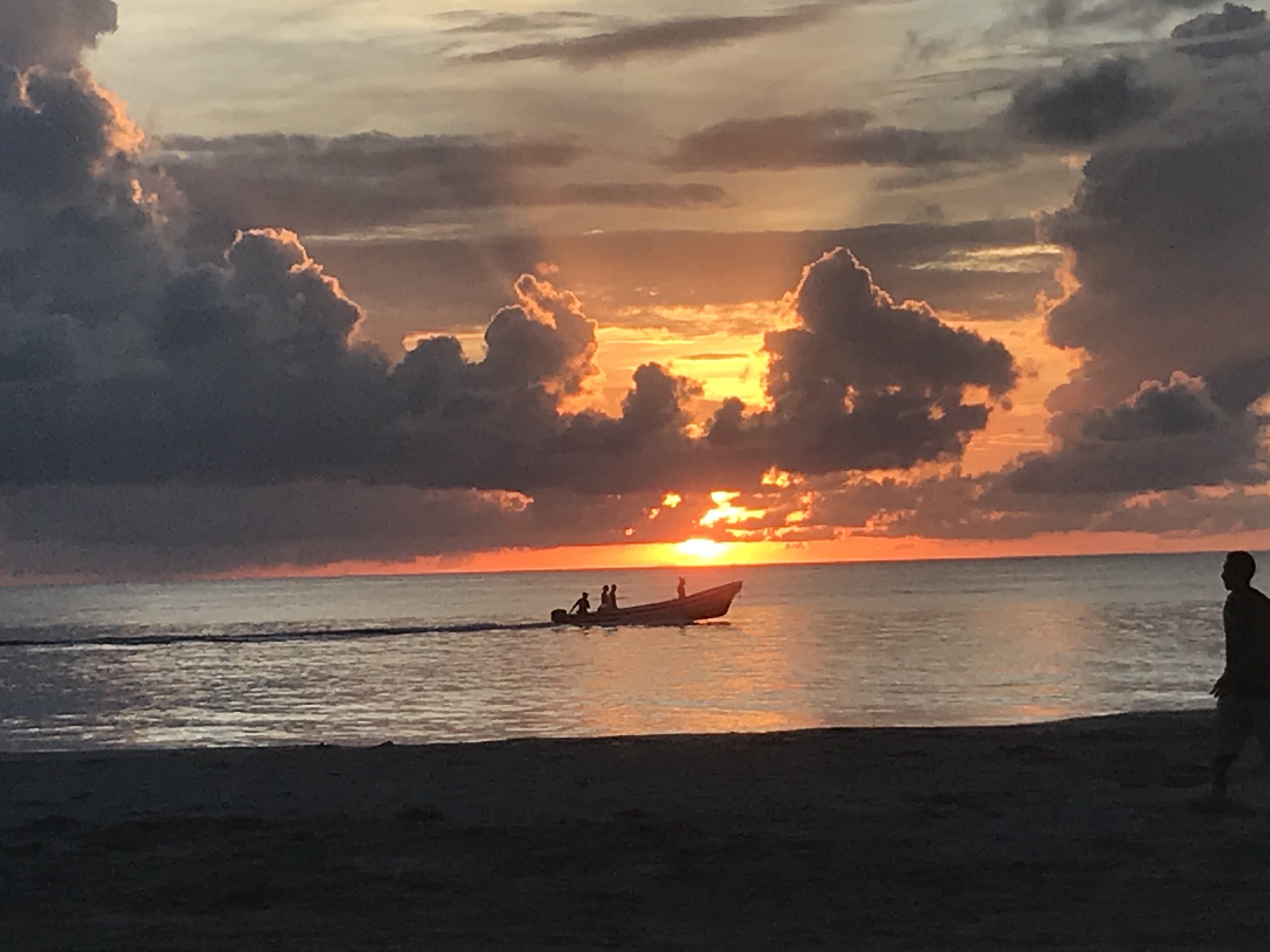
There is the Big Corn and Little Corn Island. It is important to know that Little Corn Island has no cars, you get to get around the paths on a bike or by your own two feet. I stayed most of my time in Big Corn and LOOVED IT!!
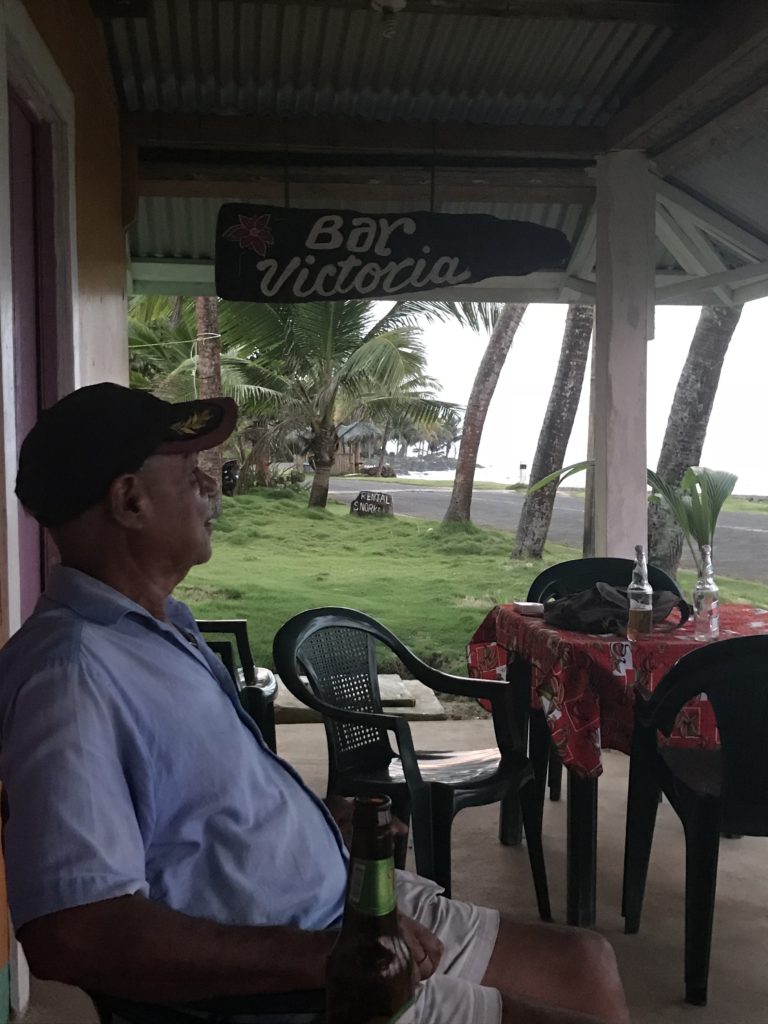
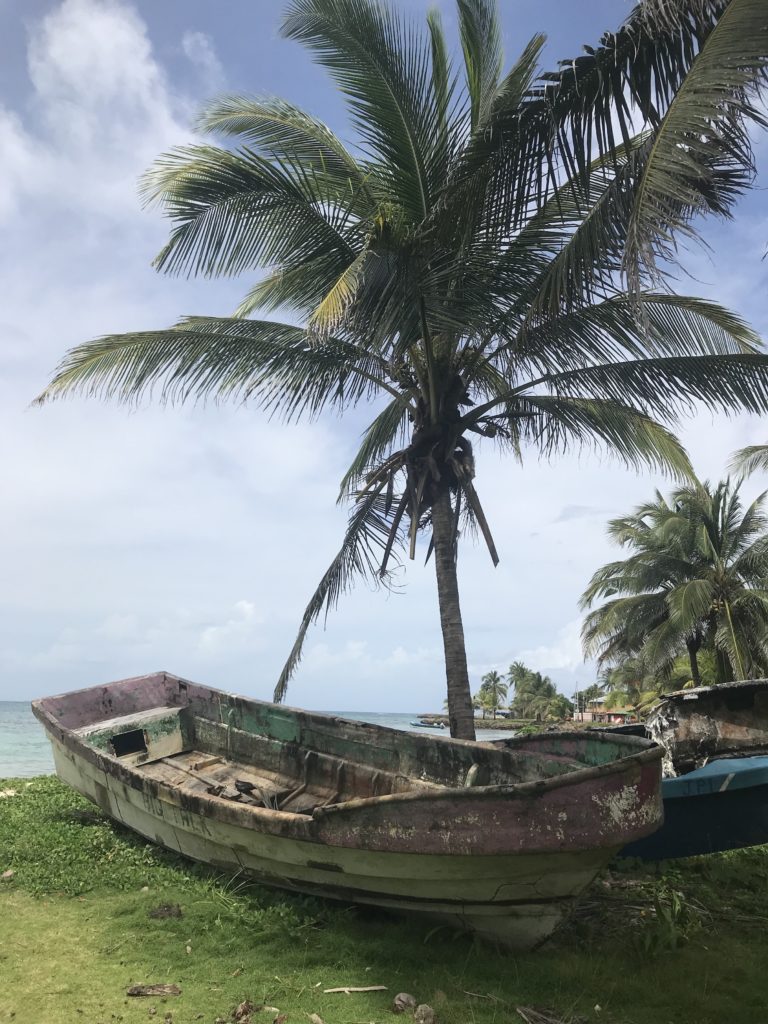
English is the official language of the Corn Islands, followed by Miskito (from the Miskito Indians) and Spanish. Locals live off fishing and harvesting lobster. Every August there is the Crab Soup Festival which also celebrates the end of slavery….awhhhhh…..amazing grace!!!
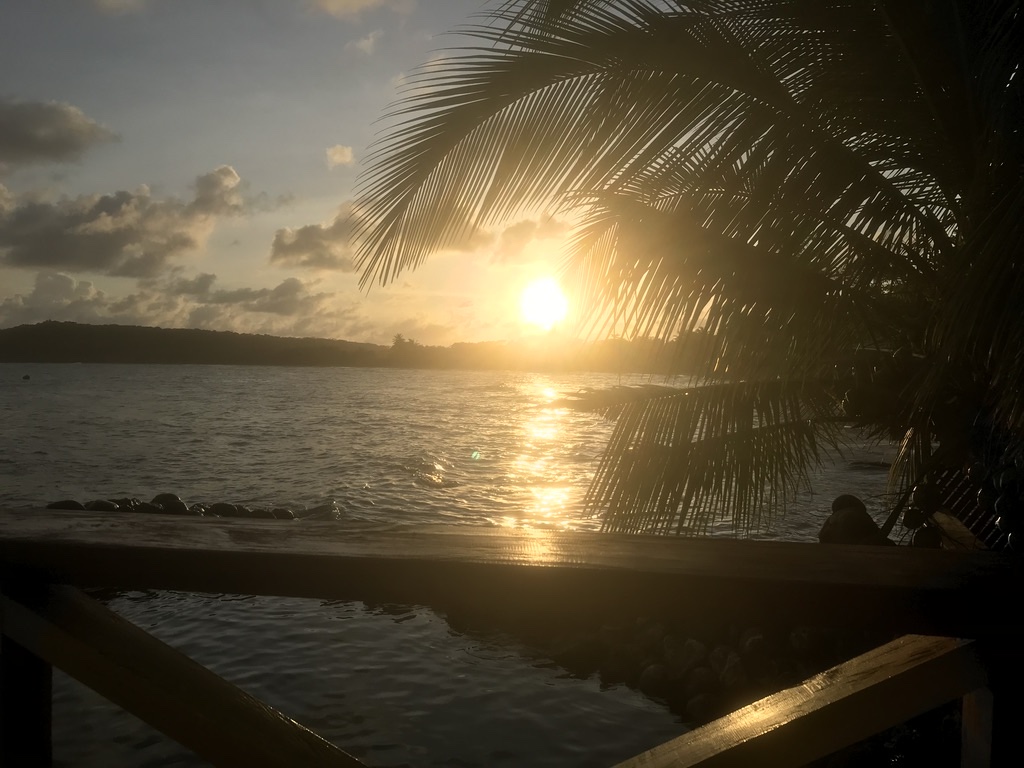
Explore this incredible destination with a plethora of enchanting islands waiting to be discovered. Remember Creole is the main language in this region

There is a medley of Islands to go around if you are adventurous and Creole is the main language in most of these places.
Religion and Faith Nicaragua
Faith is confidence and trust in a particular belief. It is something very personal that we all want to respect and acknowledge when visiting any nation. Nicaragua is predominantly a Christian nation and religion is very influential in the culture of the country. As with most other Latin American countries, Catholicism was imposed by Spanish colonialism from Mexico down the American continent. The Conquistadores would sail from Europe and claim these lands as part of their new territory to soon become part of the Spanish crown. Catholicism has been on a steady decline and is practiced by around 40% of its people followed by Lutherans and Evangelists.
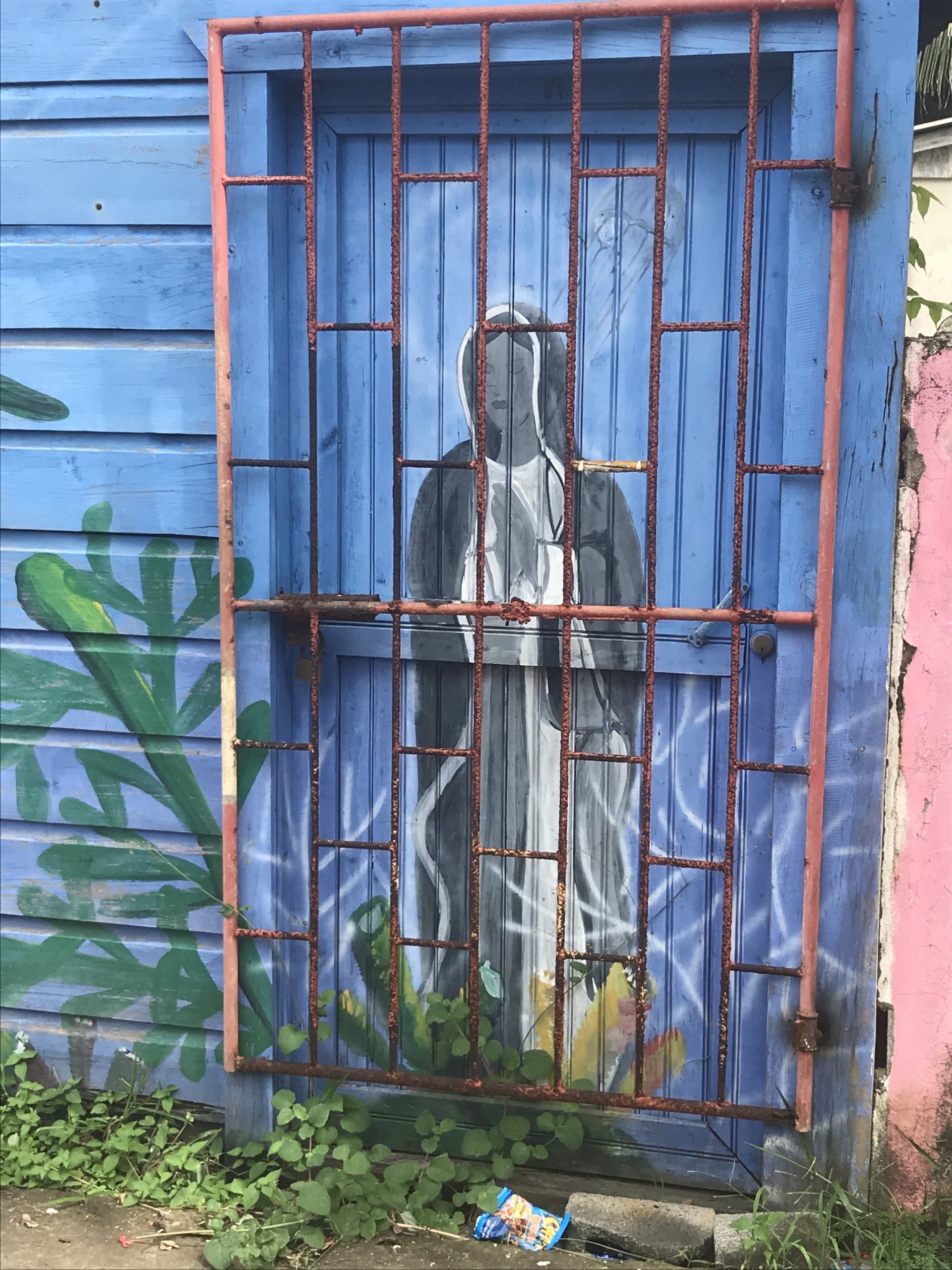
Faith encompasses the essence of confidence and trust in a specific belief. It holds immense personal significance and is crucial to honor and acknowledge when exploring different nations. Nicaragua, being predominantly a Christian nation, has a culture deeply influenced by religion. Similar to many other Latin American countries, Catholicism was introduced through Spanish colonialism, starting from Mexico and extending throughout the American continent.
The Conquistadores, sailing from Europe, claimed these lands as part of their new territory, ultimately becoming part of the Spanish crown. Over time, Catholicism has experienced a gradual decline in Nicaragua, with approximately 40% of the population practicing it, followed by Lutherans and Evangelists.
I found plenty of churches and temples in Nicaragua. Most Protestants are located in the eastern part of the country, and the Moravian Church was established in the 19th century, with most of the Miskito population following that faith. It is important to know that the eastern part of Nicaragua was once a British colony, and as a result, slaves were forcibly resettled here, bringing their religion with them.

NICARAGUA is an amazing place with an amazing landscape, rich history of Spanish conquest, and the Paleo Indians, together with the slave trade brought by the British to work in plantations, who live mostly in the coastal areas. There is great diversity in this country; however, it is for explorers and not for people who want comfort as the primary way of travel.
